Trump’s Style: Deals First, Strategy Second
There’s a lot riding on how the U.S. handles the ongoing Ukraine-Russia conflict, and expert negotiator Marty Latz isn’t impressed by the way Donald Trump approaches the peace talks. According to Latz, Trump’s entire playbook centers on landing a deal—fast. It’s less about correcting course in Eastern Europe and more about nailing down a moment of glory Trump can stamp his name on. If there’s a chance to walk away with the cameras flashing and headlines reading “Deal Done,” that’s all the better for him.
But what’s getting lost, Latz says, are the big, messy issues beneath the headlines—like Russia’s ongoing push for land in Ukraine and the long-term security consequences for Europe. Trump’s focus on making a splashy announcement crowds out the slow and tough work of actually solving the root problems. Latz believes this is more than just a negotiation technique; it’s a pattern that’s followed Trump since he first eyed the White House.
The concern isn’t just theoretical. There are concrete examples, especially in the recent ceasefire talks. Ukraine agreed to a 30-day stop in fighting in March 2025, but Russia keeps upping its demands, asking for territorial guarantees and political concessions. Rather than pushing back against these demands with sanctions or tougher stances, Trump’s team seems content to see how much ground Ukraine can give.
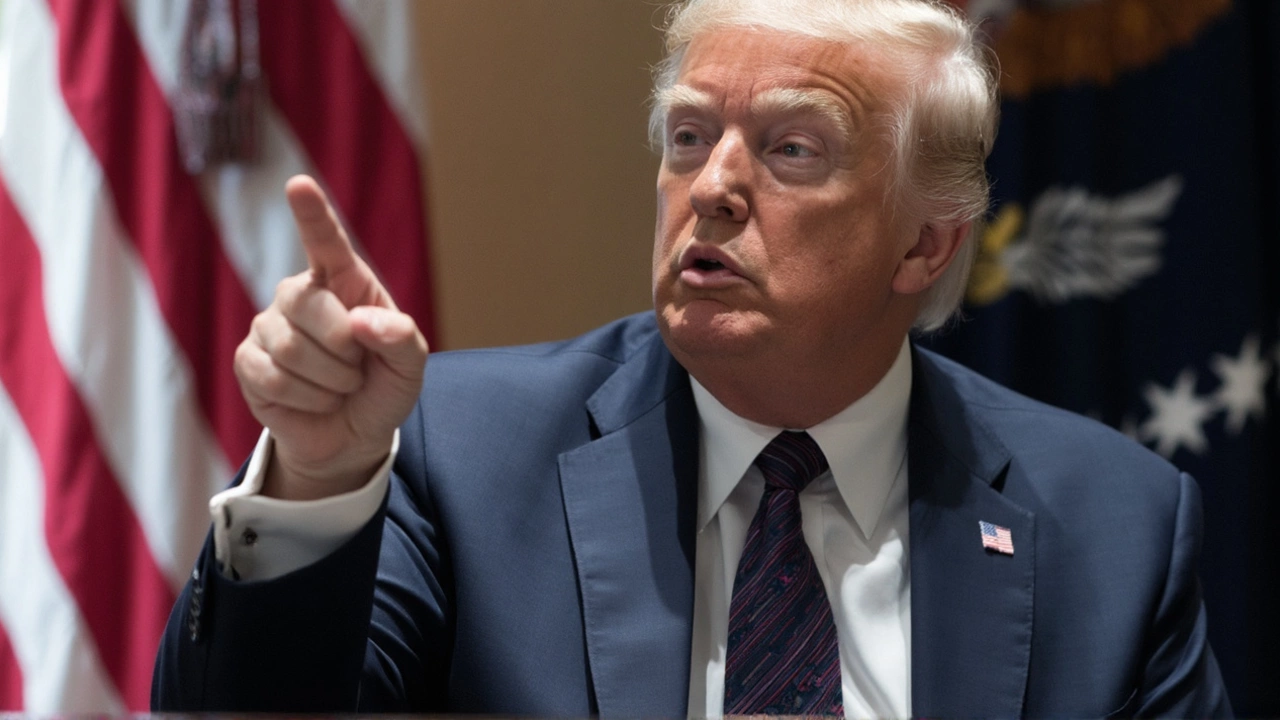
Personal Bonds and Political Decisions
It’s impossible to ignore the role personal dynamics play here. Latz points out that Trump seems to view Putin less as an adversary and more as an asset—or even a friend. This perspective goes way back, possibly to the tangled aftermath of the 2016 election, when accusations swirled about Russian meddling on Trump’s behalf. Whether that history makes Trump more likely to give Putin a soft landing or not, Latz argues it definitely colors his every move in these negotiations.
The bottom line? Trump’s reluctance to hammer Russia with economic sanctions or other meaningful penalties leaves Ukraine exposed. While the rest of the world eyes Moscow’s next move, the U.S. seems stuck in a holding pattern, wary of angering the Kremlin. For Ukraine, this adds an extra layer of risk—one where the biggest ally might be more interested in photo ops than protection.
If peace talks are really about securing a better future for Ukraine, critics want to see hard questions asked and real red lines drawn. But as it stands, Latz says the person skilled in making real estate deals may not be the best choice to hammer out a lasting peace on the world stage.
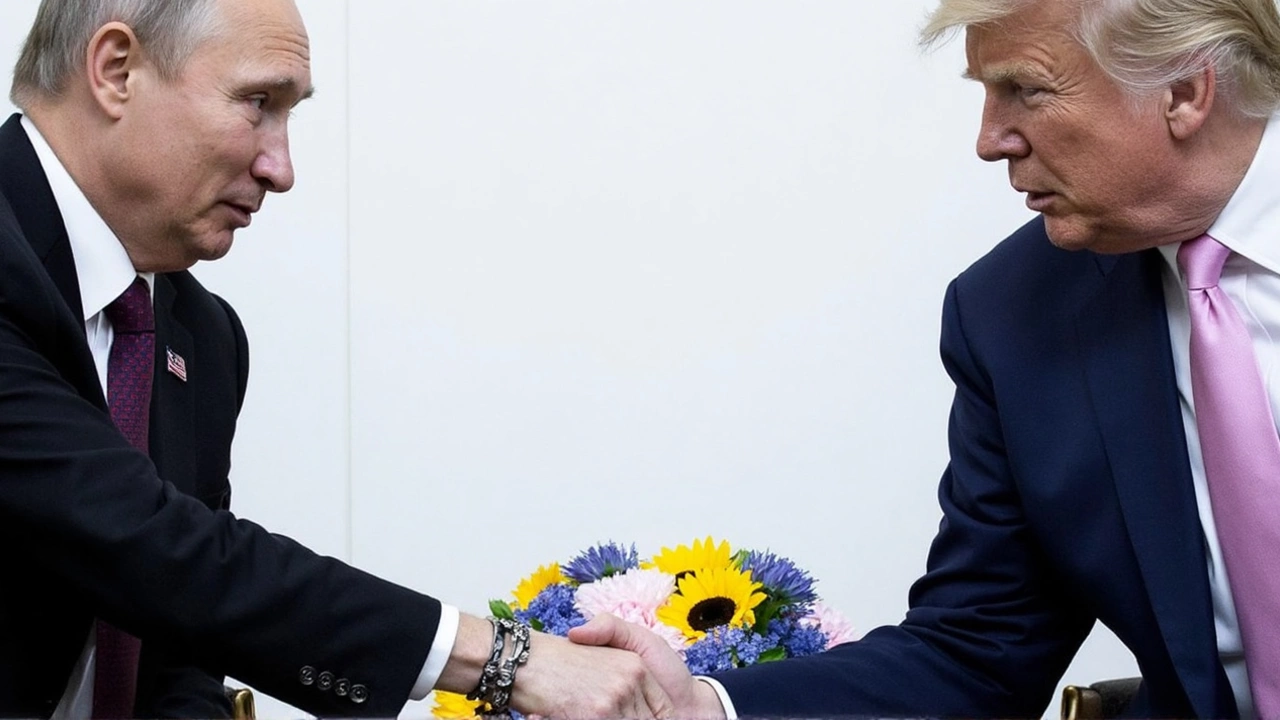

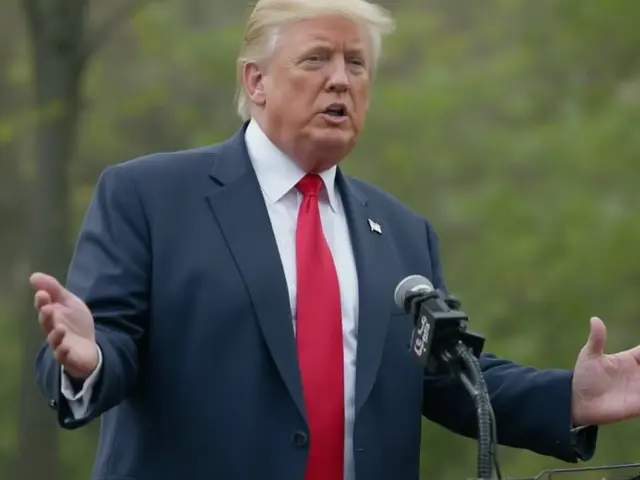
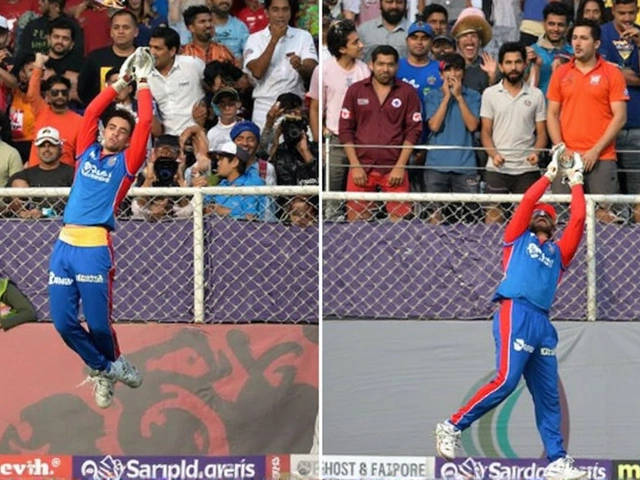
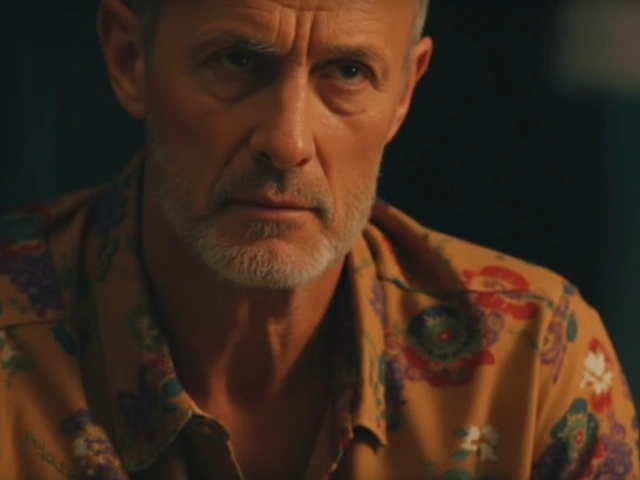


Write a comment